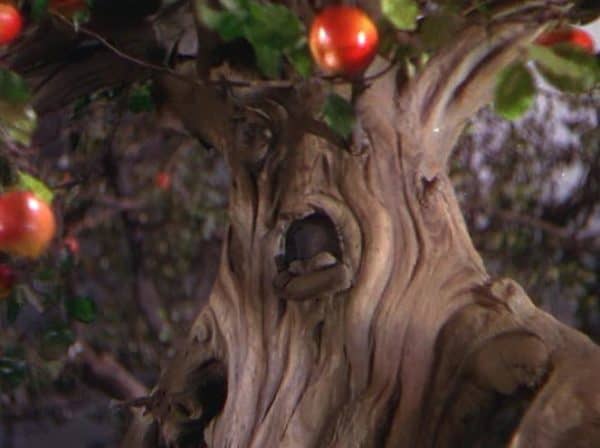
 Can trees talk to each other?
Can trees talk to each other?
The unraveling of the distinction between plants and animals seems to be accelerating. The supposedly deaf and dumb greenery all around us and the supposedly intelligent, socially astute creatures (including humans, on a good day) that walk on two and four legs have been growing closer at a feverish pace of late, with acres of scientists, artists and homegrown naturalists literally coming out of the woodwork to describe in detail the cognitive and social virtues of plant life, all the way from the lowly fungus to the tallest cedar.
Entomologist Richard Karban’s Plant Sensing & Communication provided us last year with Exhibit A in defense of plants as high-level communicators and responders to their environments, arguing that plants behave intelligently, that they forage for light, respond differently to close relatives than to strangers and, like all smart-aleck neighbours, they eavesdrop. Karban, for example, brought forth the study showing that wild tobacco plants growing nearby sagebrush that had been recently trimmed back are able to sense the ominous plant-clipping and become themselves more herbivore resistant in response.
At the same time, artist and photographer Rachel Sussman was beautifully chronicling the mystery of ancient plant life (along with that of coral, bacteria and other cool beings) in her book and project entitled “The Oldest Living Things in the World,” and entreating us by saying, “Perhaps, looking through the eyes of these ancient beings and connecting with the deepest of deep time, we can borrow their bigger picture and adopt a longer view.”
Now comes along German forest ranger Peter Wohlleben, whose book “The Hidden Life of Trees”, longtime number one on Spiegel’s best-seller list for nonfiction, has been translated into English and published by Greystone Books of Vancouver, BC, and the David Suzuki Institute.
“To work with trees is my life,” says Wohlleben, in his best Yoda. With a passion for humanizing forests and treating them with kindness, as a forester Wohlleben convinced the state forestry administration to develop more humane logging practices, using horses instead of machinery, for example, and doing away with chemicals and pesticides. But it has been Wohlleben’s slant on nature and the plant kingdom – and particularly his penchant for describing plant behaviour in richly anthropomorphic terms – that has caught attention. He describes how “mothers” work to protect and shade their “children” with their branches, for example, arguing for the benefits of a “proper upbringing.”
The key, Wohlleben insists, is to break free from the dogmatism which explains plant behaviour as simply the result of blind chance and chemical processes. That approach says that tree roots will inevitably bump into each other as they grow and that nutrients will be exchanged but that these interactions cannot possibly count as the conscious planning of sentient beings.
Rubbish, says Wohlleben, whose book is replete with references to numerous studies over the years which hint at the intelligent actions of trees. “Beeches, spruce, and oaks all register pain as soon as some creature starts nibbling on them,” writes Wohlleben. “When a caterpillar takes a hearty bite out of a leaf, the tissue around the site of the damage changes. In addition, the leaf tissue sends out electrical signals, just as human tissue does when it is hurt.”
The end result is a fundamental shift in how to look at not just the trees and forests but the world around us.
Leave a Reply
You must be logged in to post a comment.





 Share
Share Tweet
Tweet Share
Share




Comment